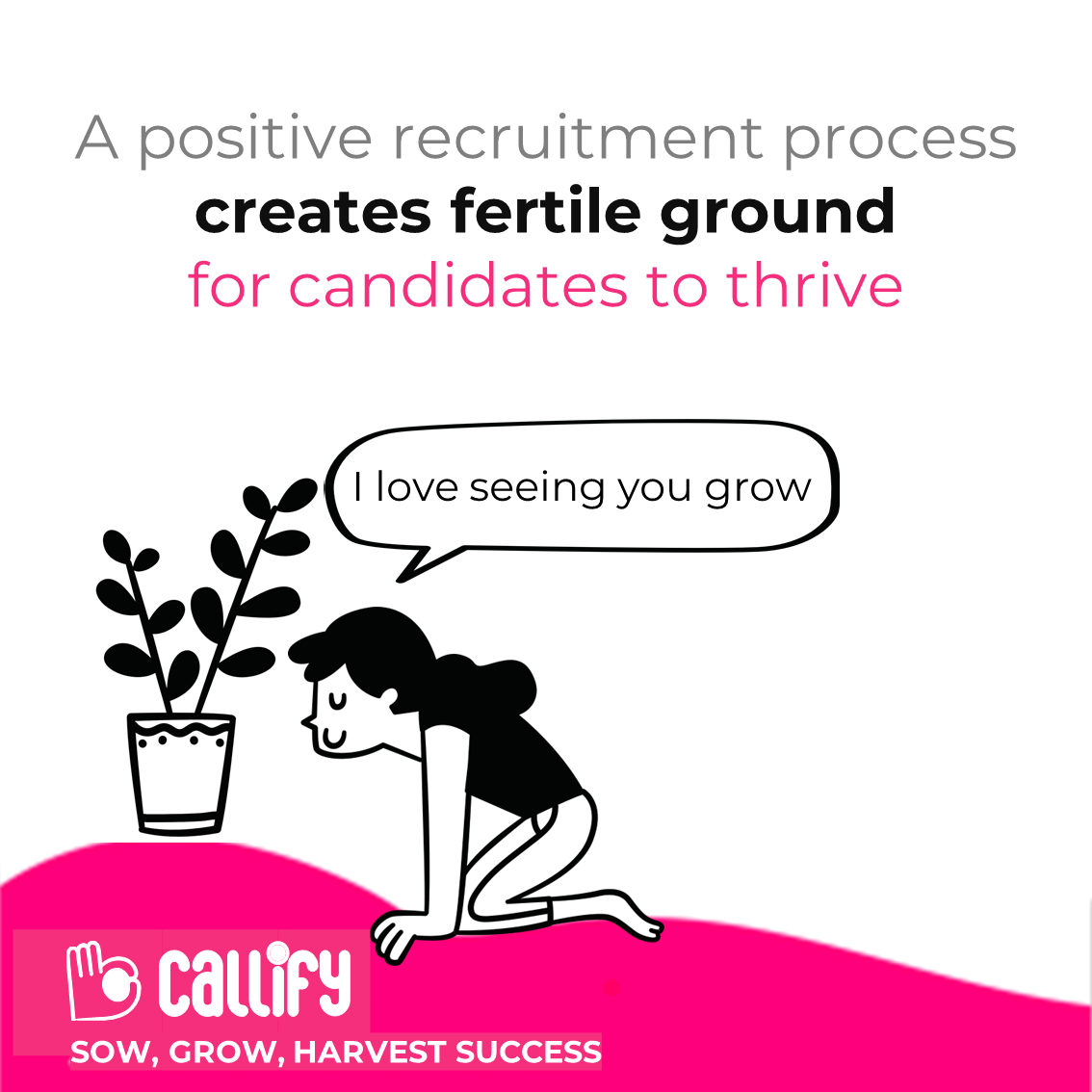6 key leakages in recruitment process that impact cost-per-hire!
Recruiters do a certain set of activities daily. Right from getting clarity on a requirement from a hiring manager, then to sourcing-screening-assessment-interview-scheduling-negotiating-offering-ensuring-joining. All of these activities are performed with the highest intent and diligence. But the outcome of these activities differs from recruiter-to-recruiter; company-to-company. Some get lucky from time-to-time, but in most cases, there are challenges at each stage of hiring cycle impacting hiring outcomes on an overall basis.
Why is then the results of well-intentioned recruiters not always predictable or certain?
The answer lies in the details. If you observe the way recruiters function at stage of the hiring cycle; there is one very very highly unpredictable task of calling and talking to candidates (mostly phone). Despite messaging (email, text, WhatsApp) becoming quite matured; recruiters are compelled to call and talk to candidates.
It’s because of this calling aspect that leakages get introduced at every stage of the hiring cycle; making the outcome very unpredictable and uncertain. Let’s examine these leakages:
- Poor coverage – A recruiter can manually call only so many people in a day. Recruiter in most companies has to undertake end-to-end activities of sourcing through screening, assessment, scheduling, and even onboarding. Since recruiters have to work under turn-around-time (TAT) metrics; they are compelled to limit how many candidates they can reach-out and thus reducing the probability of finding the right-fit candidates.
- Unproductive Time – Even if the recruiter put huge efforts in calling a larger set of candidates, the output is still not above 50%. This is because many candidates don’t answer their calls, many ask to call later, many phones are busy or out of network or switched-off. This leads to a lot of consumption of time of the recruiter (or source). Time spent without much positive outcome is wastage of time.
- Poor branding – Getting the right candidates interested in your opportunity is the key job of a recruiter. Imagine, if the recruiter does manage to connect with the right candidate, but is unable to make an impact? It would result in wastage of all the above efforts on a short-term basis, but cause a huge impact on a long-term basis. Employer branding is very key for attracting the right talent first and then converting them. Many recruiters get started in their role without formal training and end-up ignoring the aspect of not only employer branding, but their own personal branding. Hiring is always a buyer’s market and losing such opportunities is a huge leakage.
- Bad Candidate Experience – If you ask a candidate what is a good experience from them? Many would share; respect, the right information, comprehensive information, timely information, and timely feedback. Many candidates behave the way they do is because most recruiters miss out on the above aspects. Recruiters are focused on what they are looking for and not what the candidate wants to hear. This bad experience either makes the candidates uninterested, ghost-out (disappear) at later stages or not be ashamed to be dishonest or indifferent to the recruiter (overall culture issue of the country).
- High Rejections ratios – Ultimate goal of a recruiter is to satisfy and delight their hiring managers. They are the customers. Some recruiters who know what their hiring managers want; get into high performing category. Albeit this percentage is not more than 10-15% industry-wide. The balance bigger chunk of recruiters operates at over 60% hiring manager rejection metrics. This is huge. Hiring manager time is precious; good candidates not hired in time has a direct impact on the business. Rejections are a factor of not knowing the requirement well, not being able to assess the candidates well in line with the requirement and not being to convey on what basis they are making the submissions and hence unable to get objective feedback from the hiring manager.
- Adding costs to solve the problem – Finally, the cost is a very important element when running a business (small or big). The cost spent on operating expenses directly impact profitability. Recruitment is an operating expense and if not controlled results into business not performing well further impacting the business’ ability to invest in the right people, processes and technology. When leakages at all the above stages are not controlled well, the recruitment teams end up adding further cost to their already inefficient system via outsourcing to third-party agencies, or over-using expensive job boards or offering higher salaries to close positions.
While solving these leakages is a long-drawn process, requiring awareness and acceptance of the leakages to start with and then following up with investing in right tools & recruitment software solutions that can assist the recruitment teams to address and gradually eliminate these from their system. Many progressive organizations have embarked on this change and moving slowly yet decisively towards a leak-proof hiring system at their companies.







